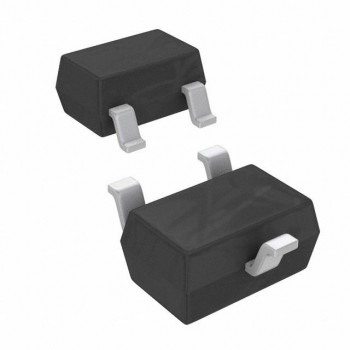RF (Radio Frequency) technology is a widely used technology in fields such as wireless communication, radar, and radio frequency bands. In RF systems, active and passive are two common concepts, with significant differences in signal processing, power amplification, and system design.
Firstly, an active RF system refers to a system that requires external energy input during signal processing. This type of system typically requires an external power source or battery to supply energy for signal processors, amplifiers, and other circuits. Active RF systems are characterized by the need to consider power consumption, power management, and stability during signal processing. Typical active RF systems include wireless communication systems, radar systems, etc. In these systems, signals often need to be amplified, modulated, demodulated, etc., thus requiring external energy input.

In contrast, a passive RF system does not require external energy input during signal processing. The energy of the signal comes from the antenna, sensor, or the object being measured itself. Passive RF systems do not require an external power source, making them more flexible in design and application. Passive RF systems are typically used in passive reception, monitoring of radio frequency bands, passive localization, passive sensing, and other fields. In these systems, the focus is on signal reception, demodulation, and data processing.
Regarding power amplification, active RF systems typically require power amplifiers to increase the energy of the signal to meet the requirements of communication, radar, and other systems. Power amplifiers are key components in active RF systems, with considerations such as power output, linearity, efficiency, etc. In contrast, passive RF systems do not require power amplifiers because the energy of the signal comes from external sources and does not need additional amplification.
In terms of system design and application, active and passive RF systems have different areas of application. Active RF systems are typically used in areas that require active signal transmission, communication, radar detection, etc. These systems require considerations such as power amplification, signal processing, transmit power control, etc. On the other hand, passive RF systems are typically used in passive reception, monitoring of radio frequency bands, passive localization, passive sensing, etc. These systems focus more on signal reception, demodulation, and data processing.
In conclusion, active and passive RF systems have significant differences in power amplification, signal processing, system design, and application areas. Understanding and mastering the characteristics and advantages of these two types of systems can better meet the needs of different fields, promoting the development and application of RF technology. In practical applications, choosing the appropriate type of RF system based on specific requirements and scenarios can improve system performance and efficiency, driving continuous innovation and development in RF technology.

